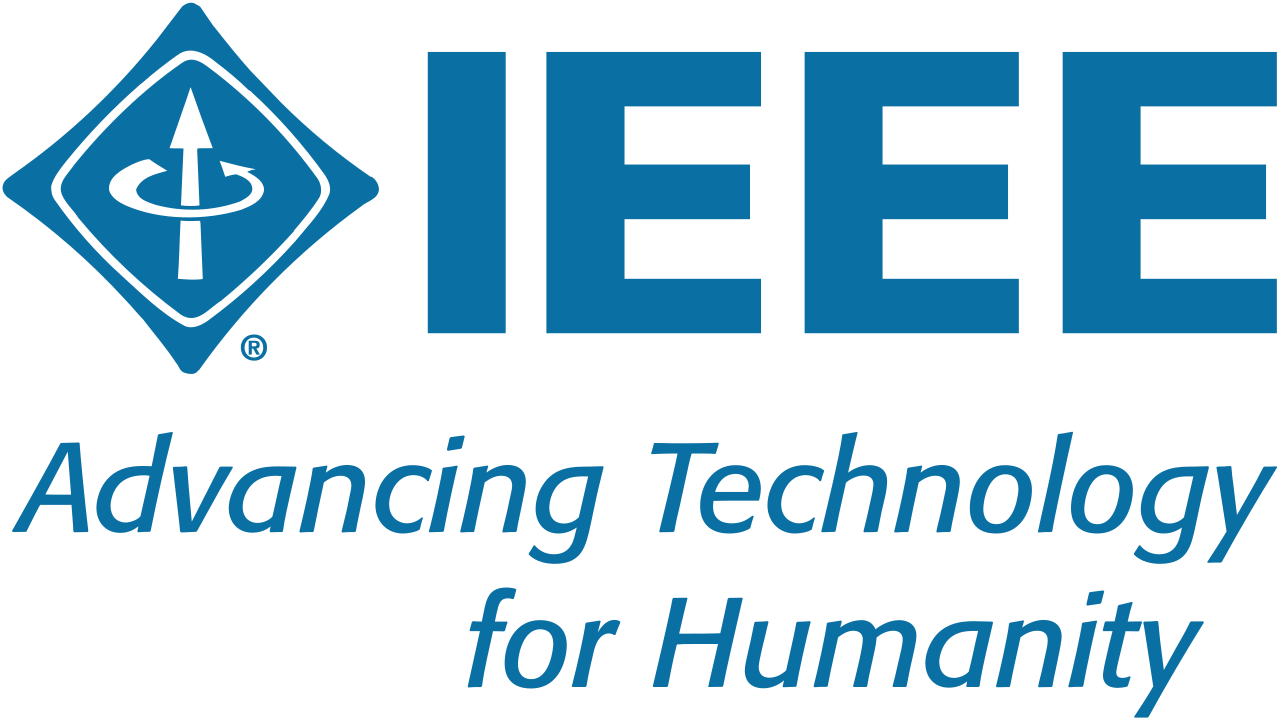EXPERT SYSTEM DIAGNOSES VARICOCHEL DISEASE USING MAMDANI'S FUZZY LOGIC ALGORITHM METHOD
Abstract
Varicoceles form when valves in the veins that run along the spermatic cord (the structure that suspends the testicles in the scrotum) prevent blood from flowing properly. Most varicocele cases occur during puberty, from the age of 15 to 25 years. If there are symptoms that are not prolonged, treatment is not necessary. However, if a varicocele causes pain, shrinkage of the testicles, impaired fertility, or swelling, surgery will be performed. Symptoms of this disease are similar to hemorrhoids and bladder stones, so it takes an expert. In the research conducted on the Expert System Application for Diagnosing Hyperthyroid Disease with the Mamdani Fuzzy Logic Inference Method, it can be concluded that the expert system can store expert knowledge from experts in solving problems diagnosing hyperthyroid disease while Mamdani fuzzy inference is used for knowledge processing in order to obtain a more accurate diagnosis conclusion. definitely with accuracy . Making the application is expected to make it easier for people to get information without having to wait for the presence of a doctor/expert for varicocele disease, and is expected to reduce or even solve existing problems.
Keywords
References
Alsaikhan, Bader, Khalid Alrabeeah, Guila Delouya, and Armand Zini. “Epidemiology of Varicocele.” Asian Journal of Andrology 18, no. 2 (2016): 179–181.
Dwiramadhan, Farhan, Mohammad Iwan Wahyuddin, and Deny Hidayatullah. “Sistem Pakar Diagnosa Penyakit Kulit Kucing Menggunakan Metode Naive Bayes Berbasis Web.” Jurnal JTIK (Jurnal Teknologi Informasi dan Komunikasi) 6, no. 3 (2022): 429–437.
Fanny, Nabilatul, and Lina Andriani. “Smart Teleconsulting Penyakit Gangguan Kesuburan Manusia 1 1,3” (n.d.): 201–208.
Furqon, Ilham Rizqi, and Theresia Dwiati Wismarini. “Model Sistem Informasi Geografis Berbasis Web Rute Terdekat Menuju Restoran Di Kota Semarang Dengan Algoritma A*.” Jutisi : Jurnal Ilmiah Teknik Informatika dan Sistem Informasi 11, no. 1 (2022): 209.
Gordon, Sarah, Jennifer Crager, Cindy Howry, Alexandra I. Barsdorf, Jeff Cohen, Mabel Crescioni, Bela Dahya, et al. “Best Practice Recommendations: User Acceptance Testing for Systems Designed to Collect Clinical Outcome Assessment Data Electronically.” Therapeutic Innovation and Regulatory Science 56, no. 3 (2022): 442–453. https://doi.org/10.1007/s43441-021-00363-z.
Hakim, Zaenal, and Robby Rizky. “Sistem Pakar Menentukan Karakteristik Anak Kebutuhan Khusus Siswa Di SLB Pandeglang Banten Dengan Metode Forward Chaining.” Jutis 7, no. 1 (2019): 93–99.
Long, Rebecca. “Human Centric User Acceptance Testing.” 38th Annual Pacific Northwest Software Quality Conference PNSQC Proceedings (2020): 1–8. http://uploads.pnsqc.org/2020/papers/Long_2020.pdf.
Murni, Sari, and Fristi Riandari. “Penerapan Metode Teorema Bayes Pada Sistem Pakar Untuk Mendiagnosa Penyakit Lambung.” Jurnal Teknologi dan Ilmu Komputer Prima (JUTIKOMP) 1, no. 2 (2018): 19–25.
Mursyidah, Annisa, Ismiarta Aknuranda, and Hanifah Muslimah Az-Zahra. “Perancangan Antarmuka Pengguna Sistem Informasi Prosedur Pelayanan Umum Menggunakan Metode Design Thinking (Studi Kasus: Fakultas Ilmu Komputer Universitas Brawijaya).” Jurnal Pengembangan Teknologi Informasi dan Ilmu Komputer 3, no. 4 (2019): 3931–3938. http://j-ptiik.ub.ac.id.
Ofori, D. A., P. Anjarwalla, L. Mwaura, R. Jamnadass, P. C. Stevenson, P. Smith, Wojciech Koch, et al. Molecules 2, no. 1 (2020): 1–12. http://clik.dva.gov.au/rehabilitation-library/1-introduction-rehabilitation%0Ahttp://www.scirp.org/journal/doi.aspx?DOI=10.4236/as.2017.81005%0Ahttp://www.scirp.org/journal/PaperDownload.aspx?DOI=10.4236/as.2012.34066%0Ahttp://dx.doi.org/10.1016/j.pbi.201.
Paick, Sunghyun, and Woo Suk Choi. “Varicocele and Testicular Pain: A Review.” World Journal of Men?s Health 37, no. 1 (2019): 4–11.
Pratiwi, Aris, Devi Indra Meytri, and Orien Patriana. “Analisis Dampak Penggunaan Teknologi Terhadap Lingkungan Sosial Mahasiswa Fakultas Ilmu Komputer.” POSITIF : Jurnal Sistem dan Teknologi Informasi 5, no. 1 (2019): 8.
Putra, Upang Septa, and Muhsinatun Siasah Masruri. “The Effectiveness Comparison Between Inquiry and Problem Based Learning Towards Geography Learning Outcomes.” Geosfera Indonesia 4, no. 2 (2019): 146.
Sastypratiwi, Helen, and Rudy Dwi Nyoto. “Analisis Data Artikel Sistem Pakar Menggunakan Metode Systematic Review.” Jurnal Edukasi dan Penelitian Informatika (JEPIN) 6, no. 2 (2020): 250.
Senabudy, Stefan, Desi Arisandi, and Tri Sutrisno. “Perancangan Sistem Penunjang Keputusan Pencarian Jarak Terpendek Menuju Rumah Sakit Dan Puskesmas Dengan Metode Dijkstra.” Jurnal Ilmu Komputer dan Sistem Informasi 10, no. 1 (2022): 3–6.
SIHOTANG, HENGKI TAMANDO, Erwin Panggabean, and Herlina Zebua. “Sistem Pakar Mendiagnosa Penyakit Herpes Zoster Dengan Menggunakan Metode Teorema Bayes” 3, no. 1 (2019). https://doi.org/10.31227/osf.io/rjqgz.
Sulardi, Naftali, and Arita Witanti. “SISTEM PAKAR UNTUK DIAGNOSIS PENYAKIT ANEMIA MENGGUNAKAN TEOREMA BAYES.” Jurnal Teknik Informatika (Jutif) 1, no. 1 (July 18, 2020): 19–24.
DOI: 10.33751/komputasi.v21i2.9810
 Abstract views : 454
Abstract views : 454
Refbacks
- There are currently no refbacks.

This work is licensed under a Creative Commons Attribution 4.0 International License.









